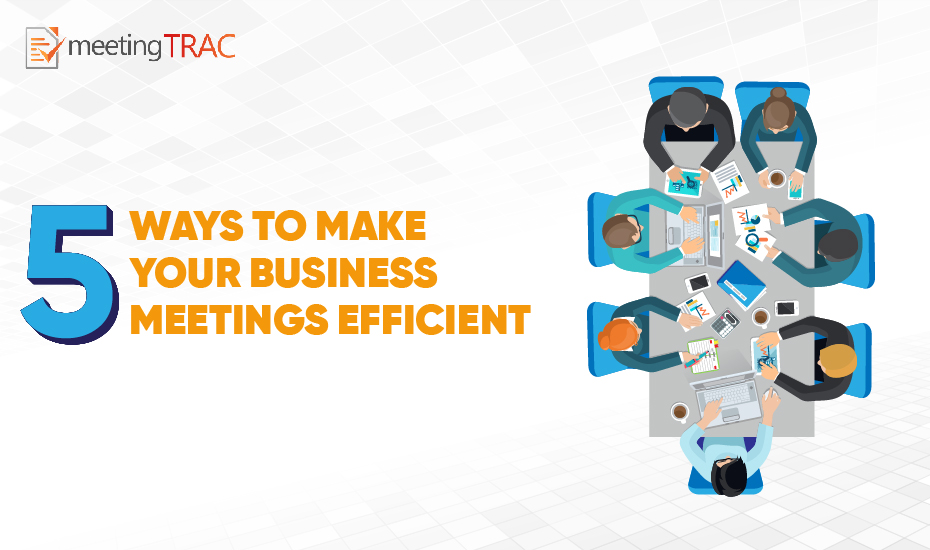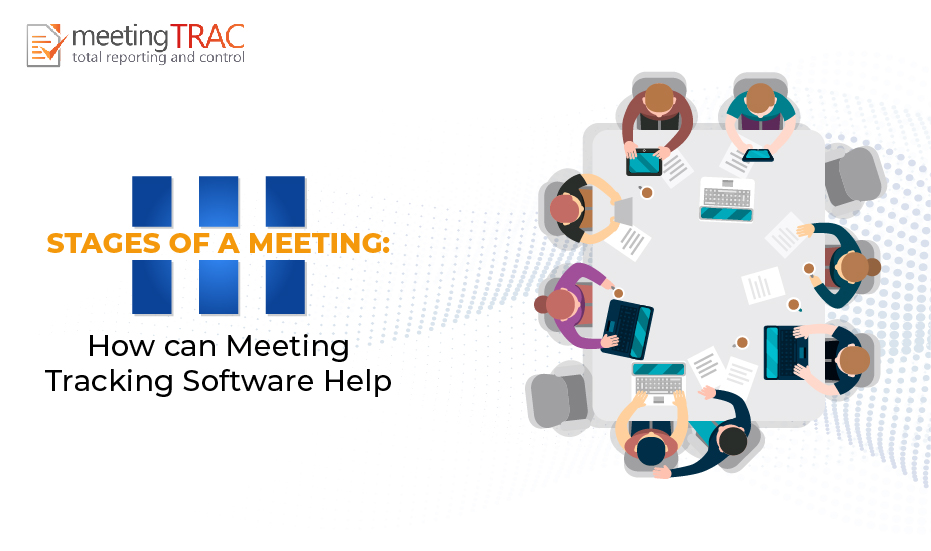How Long Should your Meeting Last
When scheduling a meeting, most organisations do not consider how long the meeting should last. Since a meeting requires the time and participation of multiple people, it is important to decide the duration of a meeting so that it does not end up wasting the participants’ time.
Shorter meetings are believed to be more effective than longer ones where attendees lose interest after some time. Longer meetings tend to turn into boring discussions that do not lead to any results. On the contrary, shorter meetings are more engaging and save an organisation’s time and money. Organisations are switching from manual meeting management processes to meeting agenda management software for effective management of meetings.
Time is crucial
Setting the right amount of time is one of the most important factors to determine the success of a meeting. According to one of the well-understood laws of time management, tasks tend to extend beyond the allotted time. If you limit the time available for meetings and all of the many tasks people need to accomplish, they tend to become more efficient; sounds surprising, but it is true.
A helpful idea is to simply make your meetings five minutes shorter. If you would normally schedule 30 minutes for a particular type of meeting, make it 25 minutes instead. Similarly, if you usually set aside 60 minutes, reduce it to 55 minutes. This will also enable team members who have to attend back-to-back meetings, to get to their next meeting on time (and maybe even have time for a toilet break in between!).
A 25-minute meeting
A well-planned 25-minute meeting can help you achieve a lot. A quick meeting like this – with a well-designed agenda distributed well in advance – can help address various project-related questions quickly. You can use meeting agenda management software to automatically create and circulate the meeting agenda among your team members.
A 55-minute meeting
A 55-minute meeting (down from an hour) is appropriate for topics that require a greater depth of discussion. Such meetings can include a periodic review of what the organisation has been doing, what has been achieved so far, and what needs to be worked on over the next period. Participants require sufficient time to discuss important points and ensure that the meeting is constructive. In addition to periodic review meetings, project meetings for large or complex projects also usually fit in the 55-minute meeting category.
A meeting of more than an hour
Although it is not recommended to schedule many meetings that last more than an hour, you can occasionally hold such meetings if required. Examples could include strategic planning meetings or meetings dealing with complex compliance or legal matters.
Tips to keep your meetings short
An effective way to keep your meetings short is to prepare for the meeting, record meeting minutes, and follow-up. Complete meeting action follow up software can help you achieve all of these efficiently.
meetingTRAC for Efficient Meeting Management
meetingTRAC is smart and easy meeting management software that automates scheduling and agenda templates, allowing minutes and actions to be recorded and distributed electronically in real-time.
meetingTRAC lightens the load on businesses, clubs, and community group volunteers by saving time, reducing stress, and empowering clubs and organisations to get on with what really matters. In addition, meetingTRAC helps save money in preparing, running, and reporting on meetings.
meetingTRAC meeting agenda managementsoftwareis easy to integrate into any organisation, can run on any computer or mobile device, and does not require any software download.
Sign up for a 7-day free trial to explore how meetingTRAC can help you drive efficient meetings.





